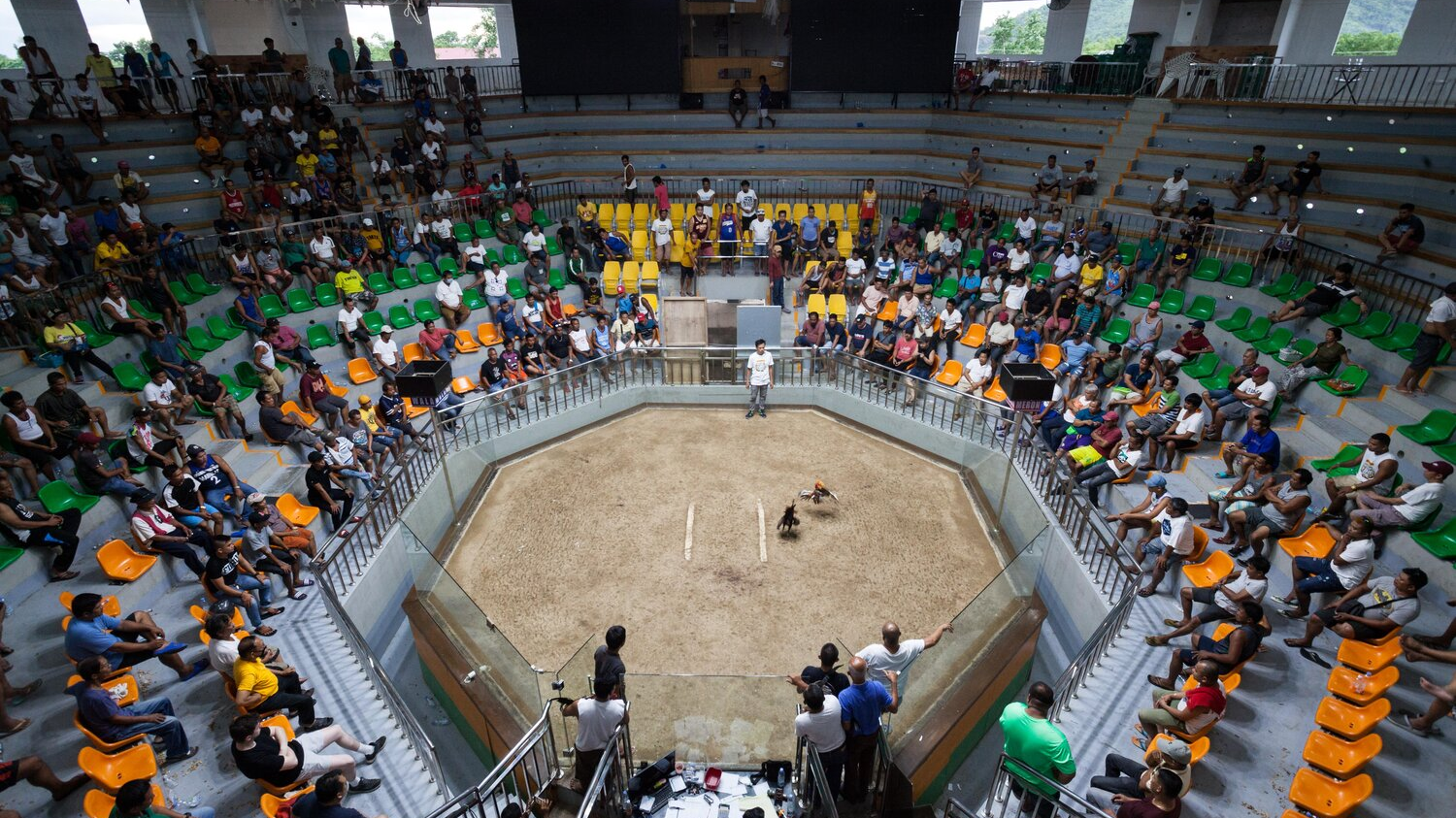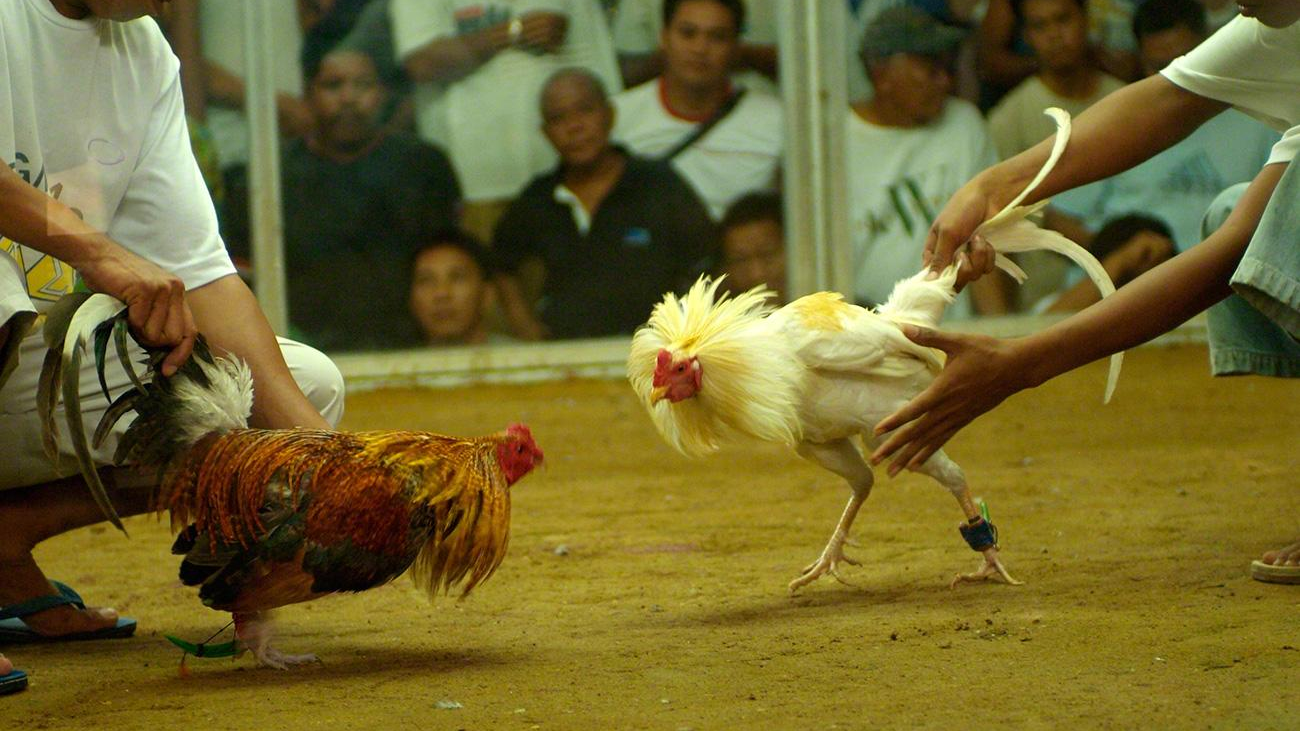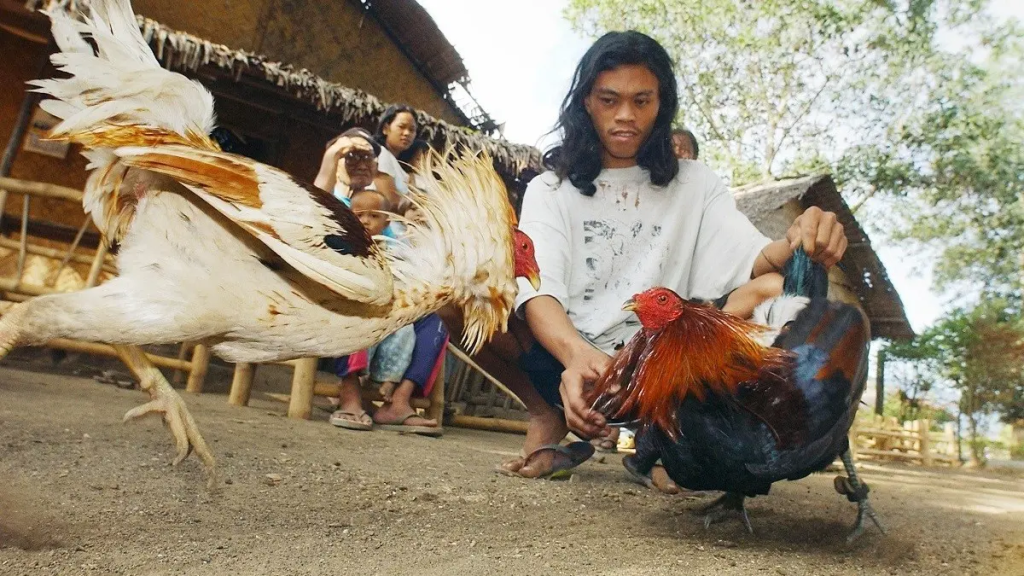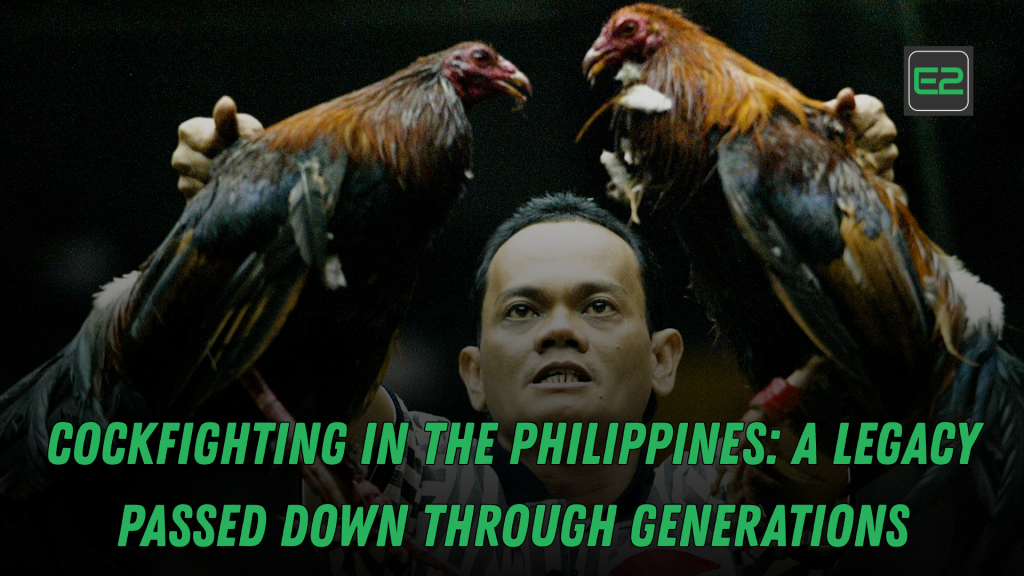COCKFIGHTING IN THE PHILIPPINES – In the heart of many rural towns in the Philippines, the sound of clashing spurs and the roaring cheers of spectators fill the air every weekend. This is cockfighting — known locally as “sabong” — a traditional blood sport that is more than just gambling or entertainment. It’s a deep-rooted cultural legacy, passed from father to son, generation after generation.
Despite debates over its morality, cockfighting has endured through centuries, evolving with time yet remaining undeniably Filipino. To understand its place in Philippine society, we need to trace its origins, cultural significance, economics, and the strong emotional ties Filipinos have to this centuries-old tradition.
Table of Contents
A Brief History of Sabong in the Philippines
Cockfighting has been part of Filipino life long before colonization. When Ferdinand Magellan landed in 1521, his chronicler Antonio Pigafetta noted that natives were already engaged in the practice of pitting roosters against each other — a clear indication that sabong was deeply embedded in local culture.
Under Spanish rule, the colonizers saw sabong’s popularity and formalized it into a regulated activity. It became a source of colonial tax revenue, and licensed cockpits (sabungan) were established throughout towns and cities. That legacy continues today, with legal cockfighting regulated under Presidential Decree No. 449, the Cockfighting Law of 1974.
More Than a Sport: A Family Tradition
For many Filipino families, sabong isn’t just a hobby — it’s a tradition. Fathers teach sons how to care for gamecocks, from feeding them to training and grooming. Breeding and preparing a rooster for the pit is an art, and the pride of raising a champion bird is immense.
In some communities, owning a strong line of gamefowl is akin to owning a family heirloom. Bloodlines are guarded, breeding records are carefully maintained, and reputation is everything.
Even in modern times, many professionals — doctors, businessmen, public officials — still proudly participate in sabong as a symbol of status and legacy.

An Economic Ecosystem
Cockfighting is also an economic driver. It supports a vast informal economy of breeders, handlers, veterinarians, blade makers (for the tari, or gaff blades), feed producers, and cockpit employees.
A well-bred gamecock can fetch ₱10,000 to ₱100,000 or more, especially if it comes from a championship line. Major derbies such as the World Slasher Cup offer millions in prize money, attracting participants from across the Philippines and even abroad.
During fiesta seasons and special tournaments, local cockpits become crowded centers of commerce — selling food, drinks, merchandise, and even betting tickets.

READ HERE ABOUT: Sabong: The Ancient Filipino Blood Sport That Won’t Die
The Art and Science of Breeding Champions
Gamefowl breeders take their craft seriously. Breeding top-tier fighting roosters involves:
- Studying bloodlines and crossbreeding strategies (Hatch, Kelso, Sweater, Lemon, etc.)
- Feeding specialized diets and vitamins
- Exercise regimens that include sparring, running, and wing flapping drills
- Conditioning programs weeks before a match
Some breeders even employ performance analytics, using fight recordings to study technique and behavior. The result is an incredibly strategic approach, far from the reckless brawls many outsiders assume.
Where It Happens: The Sabungan
The sabungan is more than a venue — it’s a community hub. Whether it’s a small rural cockpit or a mega-arena in Metro Manila, each sabungan carries the same electric energy.
Inside, a referee (sentenciador) oversees the bout, while kristos (bet takers) shout odds and take rapid hand-signal bets. Matches are fast, sometimes lasting only seconds, but the thrill is immense.
Spectators — from seasoned bettors to casual fans — react with every strike, and the emotional highs and lows are unmatched. Wins are celebrated with shouting and fist pumps; losses are taken with frustration or quiet acceptance.
Modern Sabong: Technology and Controversy
With the advent of smartphones and live streaming, e-sabong (online cockfighting) became massively popular, especially during the COVID-19 lockdowns. Fans could place bets and watch fights from home.
However, this digital boom came with problems:
- Gambling addiction increased, especially among younger users.
- Criminal incidents emerged, including the mysterious disappearance of several e-sabong workers.
- In 2022, then-President Duterte banned e-sabong, citing moral and social concerns.
While e-sabong brought accessibility, it also sparked national debate on the fine line between tradition and exploitation.
The Ongoing Ethical Debate
Cockfighting’s critics — particularly animal rights groups — condemn it as cruel and outdated. They argue that no tradition should justify animal suffering.
On the other hand, defenders of sabong highlight:
- Its cultural and historical value
- The livelihoods it supports
- Its regulated nature compared to illegal dogfighting or underground betting
The truth is complex. In a country where many traditions walk a fine line between celebration and violence, sabong remains a gray area — legally permitted, emotionally powerful, but morally questioned.

Sabong in the Filipino Diaspora
Filipino communities abroad, especially in the U.S., Guam, and parts of the Middle East, also practice sabong — often as part of cultural events. Though illegal in many countries, some hold private matches or showcase birds in non-combative exhibitions to preserve tradition.
This shows how deeply rooted sabong is. For many OFWs (Overseas Filipino Workers), seeing or hearing about cockfighting is a way to stay connected to home.
A Legacy That Endures
What makes sabong so enduring?
- It’s cultural: Part of Filipino identity long before colonizers arrived.
- It’s social: A shared experience among friends and family.
- It’s symbolic: Representing pride, strategy, and survival.
- It’s adaptable: It moved from fields to cockpits, and from arenas to online.
Even in an increasingly modern and globalized society, sabong holds firm as a symbol of tradition — a practice both celebrated and scrutinized.
Final Thoughts
Cockfighting in the Philippines is not just about birds or betting. It’s about family, honor, history, and identity. It tells the story of a people who, like their prized gamefowl, refuse to back down — always fighting with fire and pride.
Though the future of sabong remains uncertain in a changing world, one thing is clear: its legacy lives on — whispered in backyard training rings, echoed in the cheers of the sabungan, and felt in the hearts of those who grew up with it.
Sabong isn’t just a sport. It’s a heritage. And for many Filipinos, it’s a way of life.
